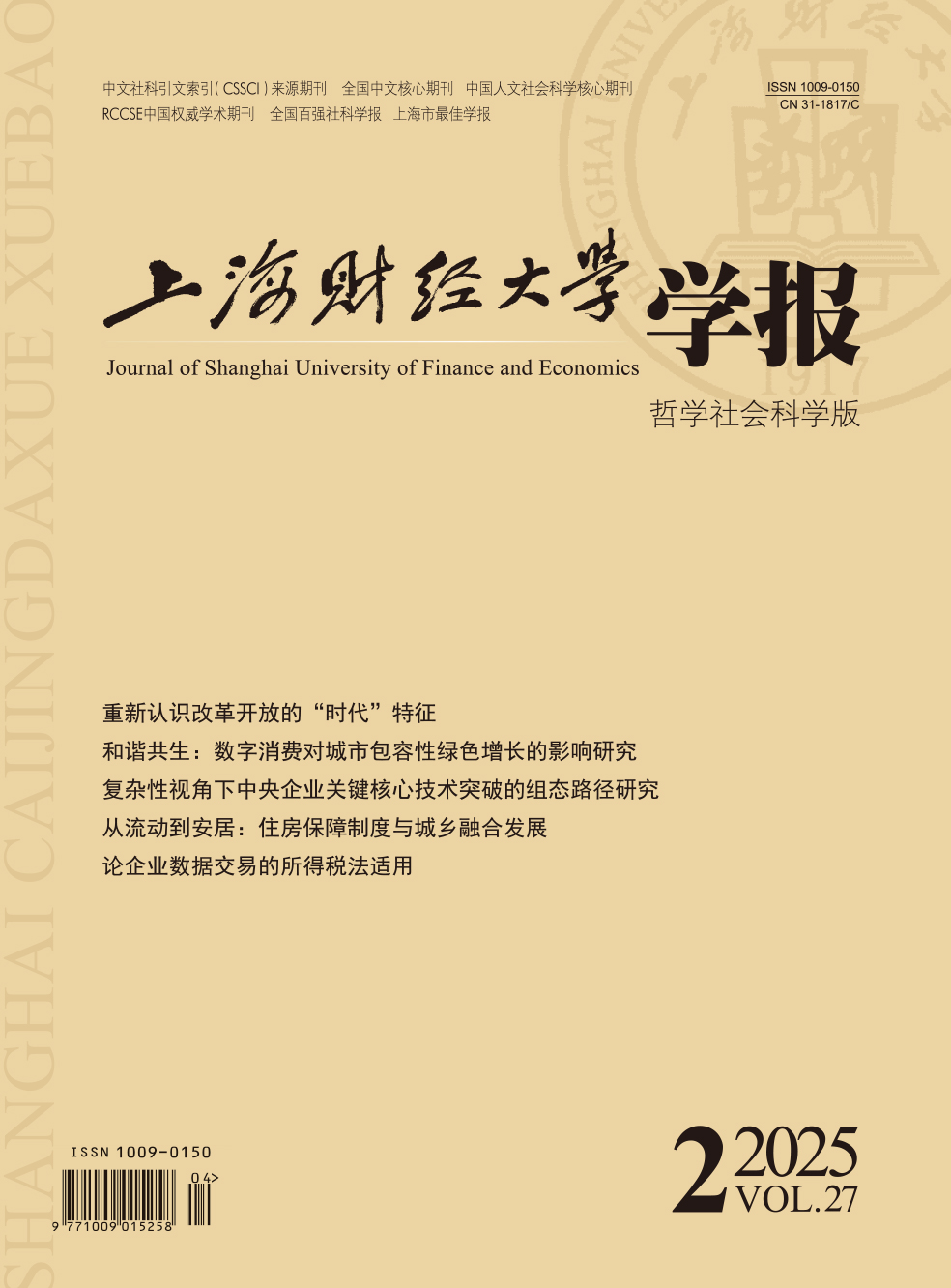The poverty prevention in relatively poor areas attaches great reference significance to the construction of poverty alleviation framework in the post-2020 poverty alleviation era in China. As a key index of poverty prevention, vulnerability to poverty addresses the future welfare of rural population. This paper takes Suqian, a state-level poverty alleviation reform pilot area, as a sample to study the characteristics of poverty vulnerability of farmers in relatively poor areas and the impact of the anti-poverty project through employment promotion on the alleviation of poverty vulnerability. Our study aims to achieve four basic goals: firstly, we measure the vulnerability to poverty in relatively poor areas; secondly, we analyze the relationship between current poverty and current vulnerability (future poverty), and judge the deviation degree of the current poverty identification target; thirdly, we clarify the relationship between participating in work and alleviating the vulnerability to poverty, and analyze the reasonable direction of policy adjustment by distinguishing the different effects of work on poor households and non-poor households; fourthly, we further analyze the difference of the impact of two employment flows, i.e. local workers and migrant workers, on the vulnerability to poverty, and give reasonable suggestions based on their advantages and disadvantages in practice. The study through the Chaudhuri prediction method shows that under the three poverty lines of 4 000 yuan, 6 000 yuan, and 8 000 yuan, the proportion of vulnerable households in the total sample is 30.70%, 43.57% and 52.63%, respectively. The proportion of vulnerable households is lower than the current sample poverty incidence which is 55.85% under the poverty line of 6 000 yuan, and the current poverty is independent of current vulnerability. Participation in employment can significantly reduce the vulnerability of the total sample. The separate tests for poor and non-poor households also have significant effects. Further analysis shows that from the perspective of income, migrant work is more advantageous than local employment in reducing the vulnerability to poverty. Regarding the possible endogenous effects on research results, this paper uses Propensity Score Matching (PSM) to test the results, and the conclusions are consistent. Based on the research conclusions, this paper points out that: the poverty policy should pay more attention to the revision of the target of poverty alleviation policies and focus more on future poor farmers; the government should further implement industrial supporting policies to promote employment-driven poverty alleviation, promote the development of the labor market in rural areas, and thus achieve poverty alleviation sustainability; although migrant workers can alleviate future poverty, in practice we should also weigh the expenditure-type poverty caused by migrant work, the problem of " three-stays” and the transfer of the rural poor to cities.
 / Journals / Journal of Shanghai University of Finance and Economics
/ Journals / Journal of Shanghai University of Finance and EconomicsJournal of Shanghai University of Finance and Economics
LiuYuanchun, Editor-in-Chief
ZhengChunrong, Vice Executive Editor-in-Chief
GuoChanglin YanJinqiang WangWenbin WuWenfang, Vice Editor-in-Chief
A Research on Anti-poverty through Employment Promotion from the Perspective of Vulnerability to Poverty
Journal of Shanghai University of Finance and Economics Vol. 21, Issue 03, pp. 18 - 32 (2019) DOI:10.16538/j.cnki.jsufe.2019.03.002
Summary
References
Summary
Cite this article
Xie Yumei, Ding Fengxia. A Research on Anti-poverty through Employment Promotion from the Perspective of Vulnerability to Poverty[J]. Journal of Shanghai University of Finance and Economics, 2019, 21(3): 18-32.
Export Citations as:
For




 5008
5008  8336
8336

